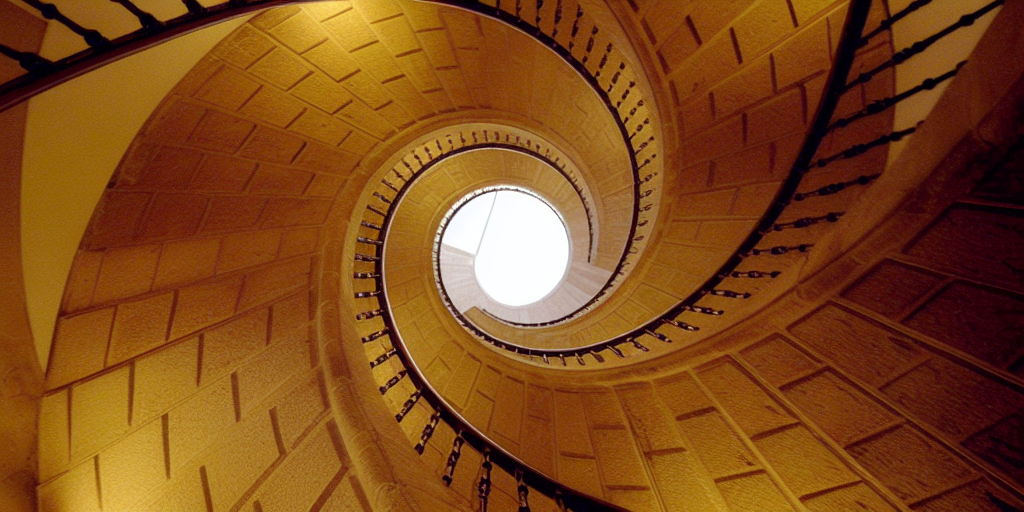Speaker
Description
Dispersive readout in superconducting circuits is a limiting factor in the performance of current quantum processors. Experimentally, it has been observed that increasing the intensity of the readout pulses improves the signal-to-noise ratio of the measurement up to some threshold, where non-dispersive effects and leakage to higher levels enter into play. In this work, we perform a numerical study of the dispersive measurement of superconducting qubits beyond dispersive approximation to find the optimal calibration point in the strong driving limit according to different metrics. The simulations were done by solving the stochastic Schrödinger equation. Our results match with theoretical predictions for long measurements with weak driving at the deep dispersive limit but disagree for detunings of order Δ~10g, strong driving, and short integration times. This behavior defines an optimal calibration point regarding the driving and the detuning. Finally, using quantum tomography, we identify the physical processes and error sources that affect the non-demolition nature of the measurement.
